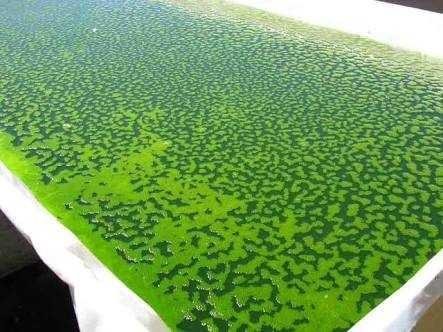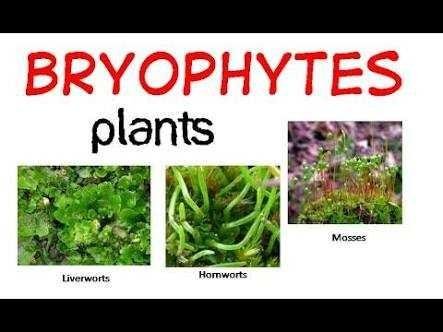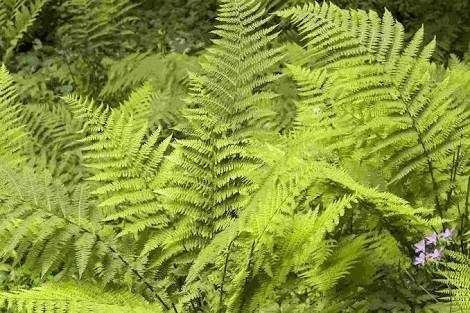CONTINUATION OF KINGDOM PLANTAE
- PHYCOPHYTA
The members of this group are commonly called algae. They simply plants with filamentous multicellular body or thalloid. They have the chlorophyll though additional pigments could also be found in them. Algae are mostly aquatic living in marine or freshwater. They have unicellular sex organs with ziodogamous fertilization of the female gamete. Examples are Spirogyra, fungus and sagassum.

- BRYOPHYTA
Members of this group are simple chlorophyllous plants without any vascular or transport tissue. There is no distinct body differentiation though there may be root-like, stem-like and leaf-like structure in some of them. Bryophytes required water for the transport of the male gametes (spermatozoid) to effect zoidogamous fertilization. Hence, they are found in constantly wet places like damp old walls of abandoned building, concrete gutters, wet soil and tree barks. They appear as green carpets covering those structures. Their life cycle consists of two alternating generations: a sexual or gametophyte generation and asexual or sporophyte generation. Example are the liverworts (Marchantia and Riccia) and mosses (Funaria, Sphagnum and Bryum).

- PTERIDOPHYTA.
These are plants with vegetative body differentiated into the root, stem and leaf. They have sporangiabon the leaf surface. They have vascular tissues for transportation of water and food. They are restricted to damp areas, like river banks, where water is available for zoidogamous fertilization. The life cycle consists of two alternating phases: The conspicuous asexually reproducing (gamete-forming) gametophyte generations. Examples are the ferns like Dryopteris, Selaginella and Lycopodium.

- SPERMATOPHYTA.
This is the advance group of the plant kingdom. It contains plants with complex body different into distinct true root stem and leaf. They show the highest degree of internal tissue differentiation with clearly define transport tissue of xylem phloem. Secondary growth can take place in them. Sexual reproduction is well defined with fertilization independent of water (Siphonogamous). Pollinating agents transport make gametes in pollen grains to the female for fertilization. The result mature structure after fertilization is the seed. Spore are never produce by spermatophytes. The seed may be enclosed in the fruit asgiosperms (flowering plants) or borne naked as in the gymnosperms. The sexual reproductive materials are in form of flower in agoisperms, but they are in cones or strobili as in the gymnosperms. The spermatophytes are the most commonest plants found on land with conspicuous phase being the saprophyte, while the gametophyte is highly reproduced and completely dependent on the saprophyte. Examples of gymnosperms are Cycas, Pinus and encephalitisnwhile agoisperms include the grasses (maize, rice and sugar cane): !qngo, tomato, okra, Allamandu, Hibiscus, Crotalaria.
The bases body plan of all flowering plants consist of an system which terminate into the root system at the one end and the shoot a the other end. The root consists of parts inside soil. It comprises of a main root and many smaller branches arising there from. The shooter system of parts above the surface it is made up of main stem and its branches, flower,fruits and their buds. The buds and flower may be borne terminally, laterally arising directly from the stem, branches or in the axils, similarly, the leaves are either borne directly by the stem or commonly by the branches. The flowers, fruits and their buds constitute the reproductive parts, while other parts including the roots are the vegetable parts.





upvote for me please? https://steemit.com/news/@bible.com/2sysip
No references, commercial images ? Join the steemstem discord server to figure out how to go about a proper stem post
